Your cart is currently empty!
Category: Educational Resources

Cannabis Sativa is celebrated for its tall structure and narrow leaves, thriving in warm climates since ancient times for its fiber, seed oil, and medicinal uses. Today, it’s valued for its energizing and uplifting effects, enhancing focus, creativity, and mood, beneficial for combating depression and anxiety. Popular Sativa strains like Sour Diesel and Lemon Haze…
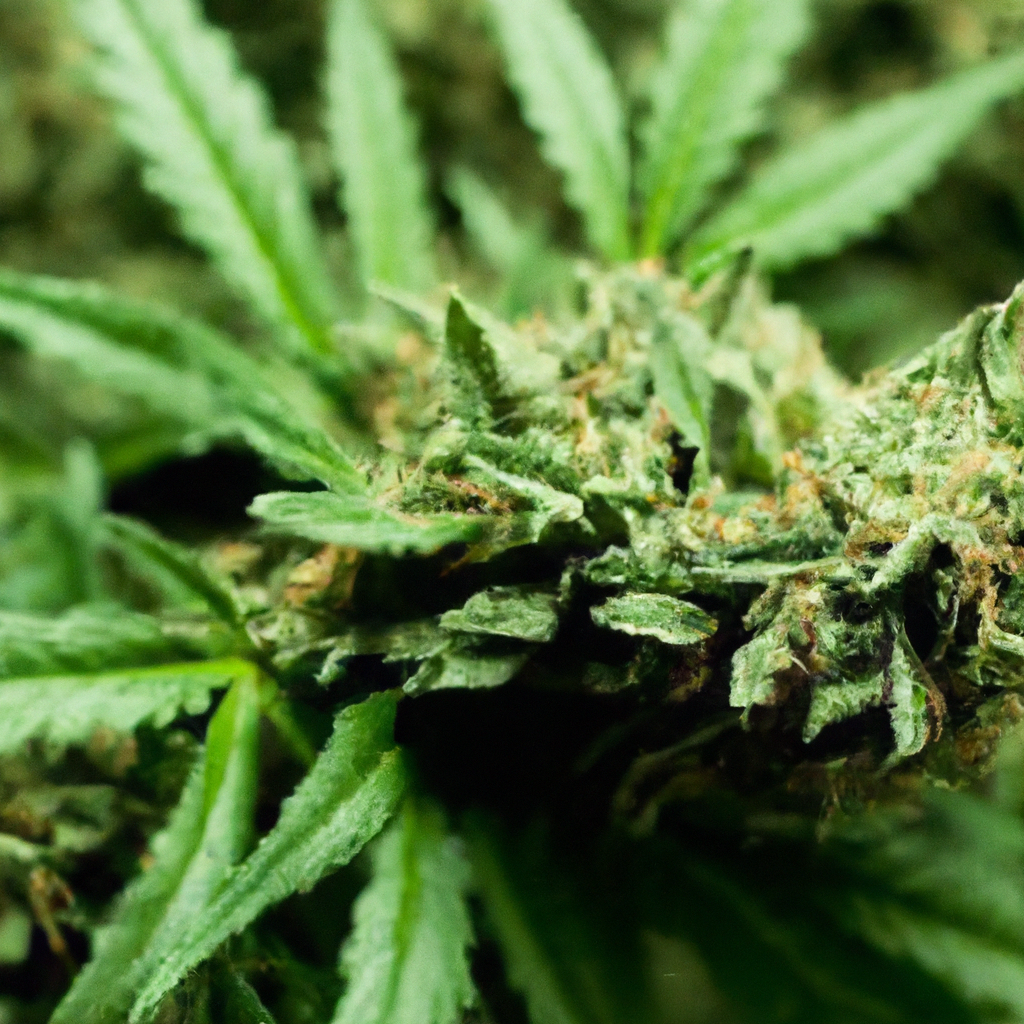
In the expanding field of cannabis research focused on mental clarity and focus, recent findings suggest that a balanced combination of THC and CBD can enhance cognitive performance. THC, known for its psychoactive effects, and CBD, which counteracts some of these effects, should be carefully balanced to achieve optimal mental clarity. Additionally, terpenes, the aromatic…
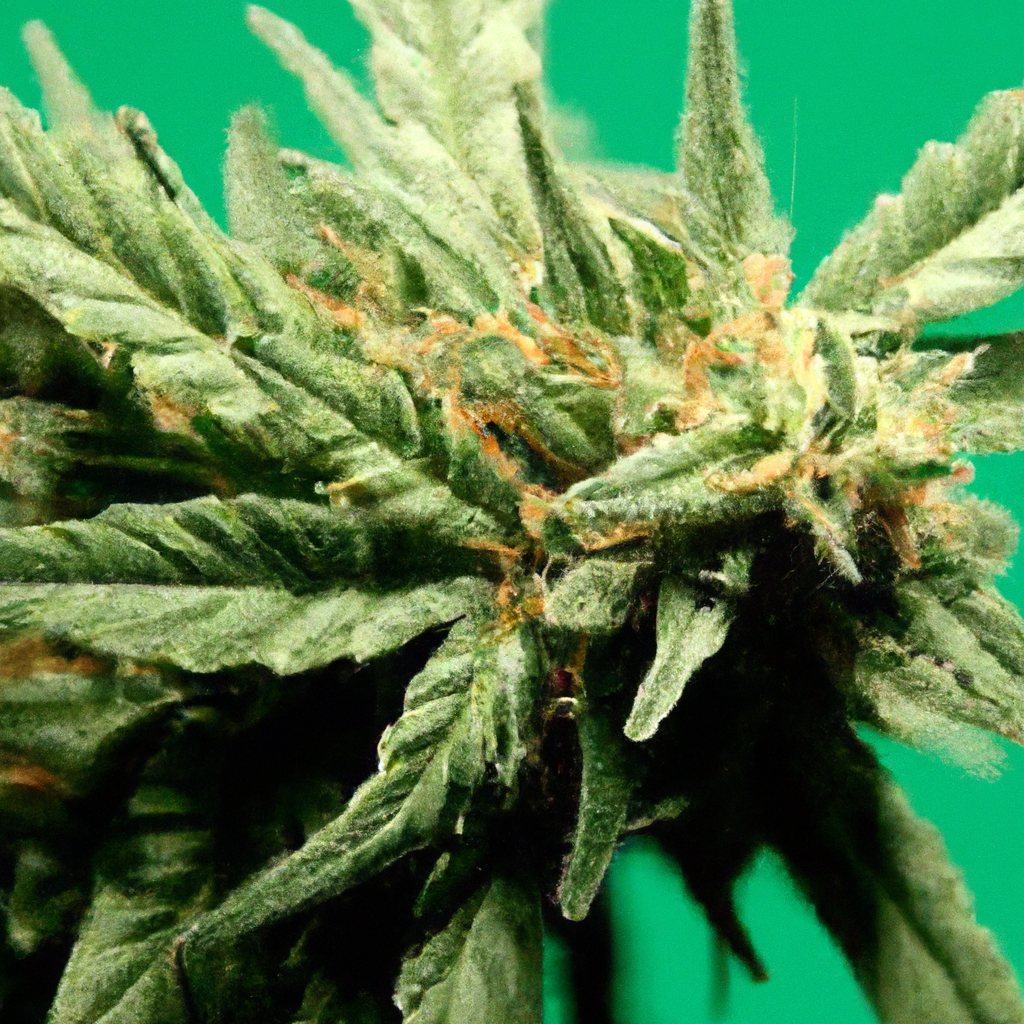
Cannabis has gained attention for its potential effects on neuroplasticity, the brain’s ability to form new neural connections. Recent research suggests cannabis interacts with the endocannabinoid system to influence brain plasticity, stimulate neurogenesis, and reduce brain inflammation. These effects could have significant implications for mental health, such as treating depression, anxiety, and PTSD, as well…
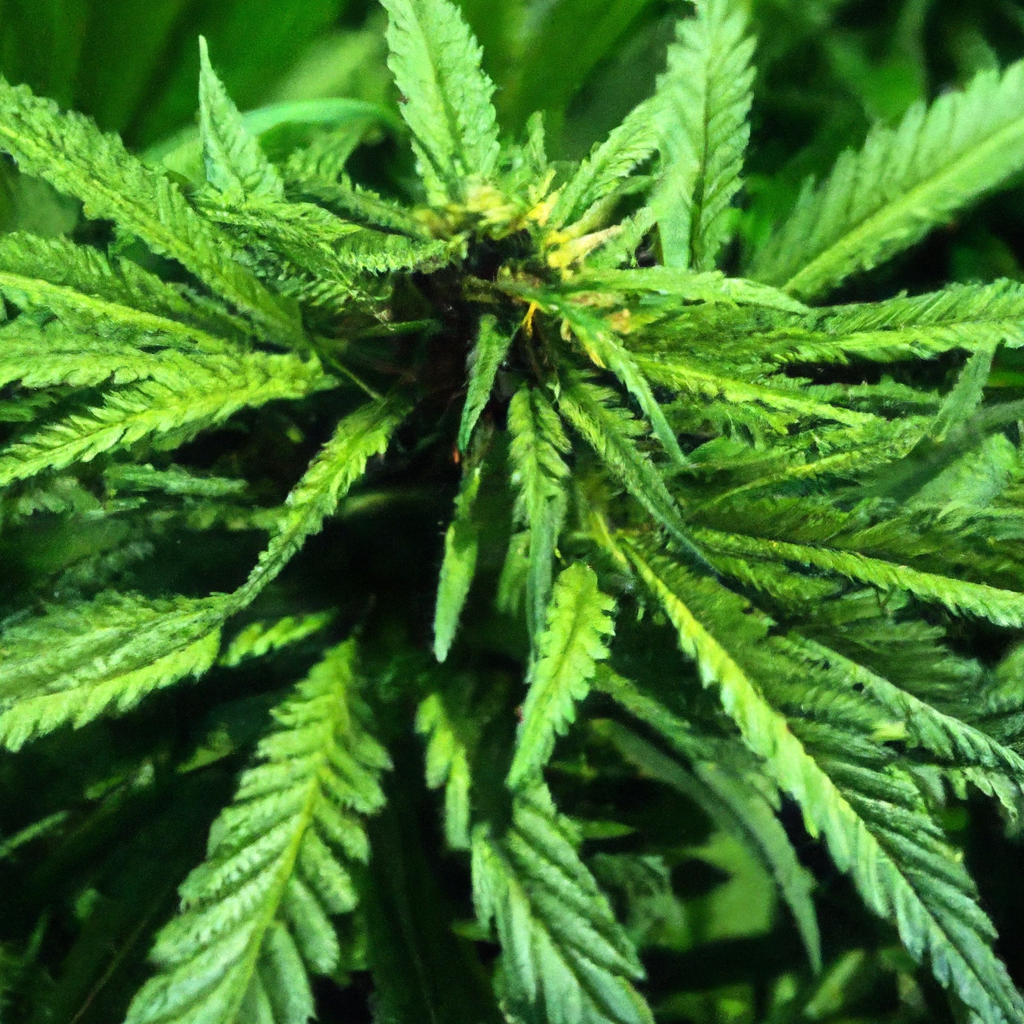
Cannabis cultivation holds significant potential for soil conservation, yet it is largely overlooked in sustainable agriculture. Known for its deep root systems, cannabis improves soil structure, aerates the soil, and enhances nutrient retention. Techniques like companion planting and using natural fertilizers contribute to pest control and enrich soil health. As a cover crop, cannabis can…
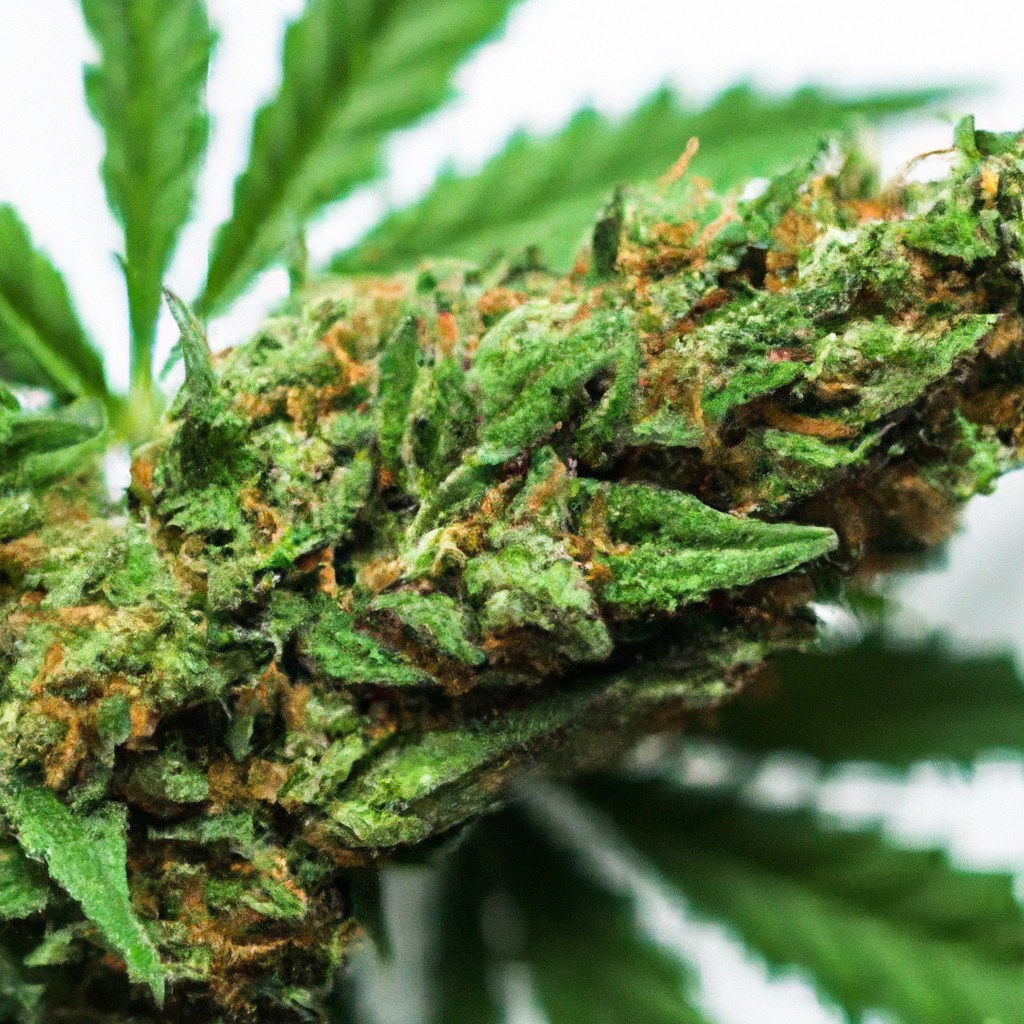
Cannabis potency is crucial for tailoring user experiences, influenced by THC levels. The concentration of THC determines the psychoactive effects, with genetics, growing conditions, and harvesting techniques playing vital roles. THC potency varies from low (under 10%) for mild effects, medium (10%-20%) for moderate use, to high (over 20%) for strong effects appealing to experienced…
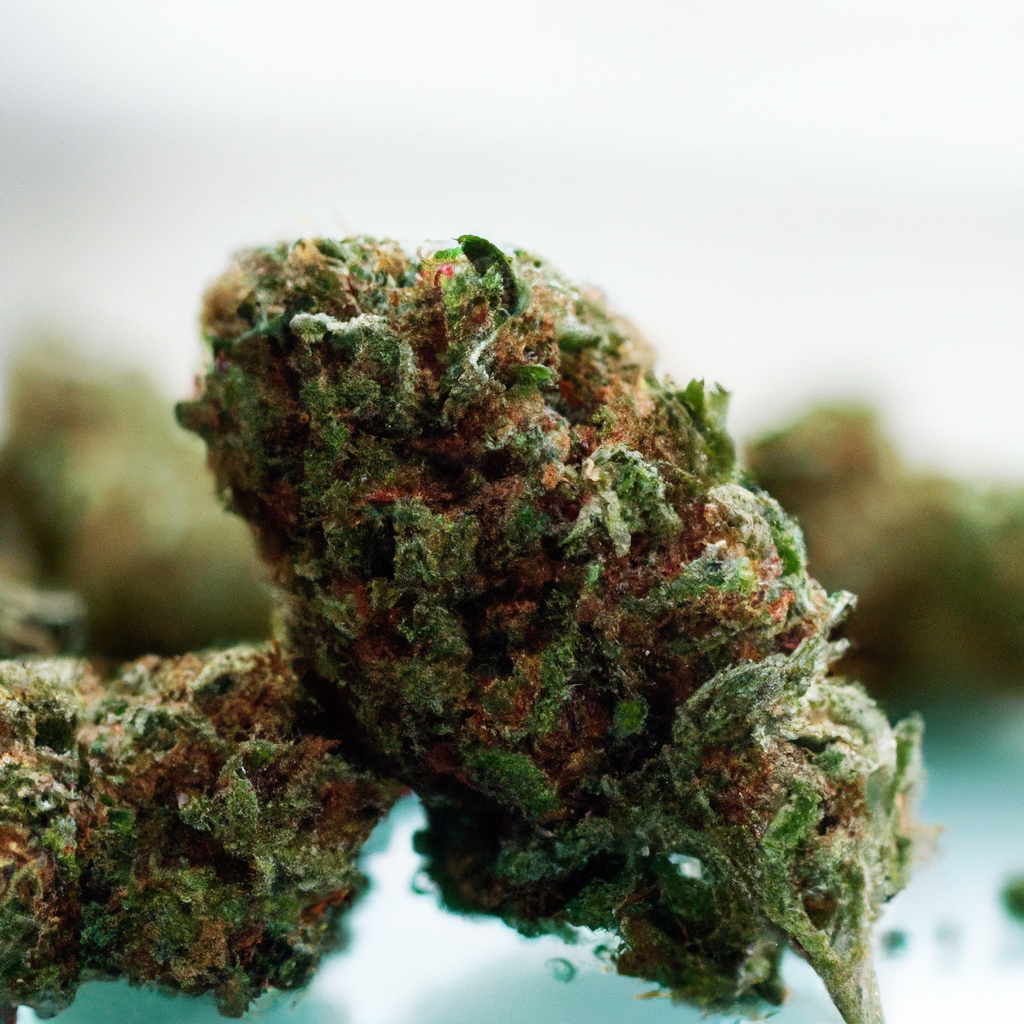
Cannabis is widely known for its major compounds, THC and CBD, but flavonoids also present significant potential health benefits. These phytonutrients, responsible for the plant’s aroma and color, offer antioxidant, anti-inflammatory, and neuroprotective properties. As pivotal contributors to the “entourage effect,” flavonoids may enhance therapeutic outcomes when combined with other cannabis compounds. Research into flavonoids…

This blog post explores the rich history of cannabis, tracing its journey from ancient civilizations to its modern-day cultural and legal status. Cannabis has been utilized for medicinal, spiritual, and agricultural purposes, beginning in Asia and spreading through Europe and the Americas. Key historical milestones, such as early rituals in China, textile use in the…
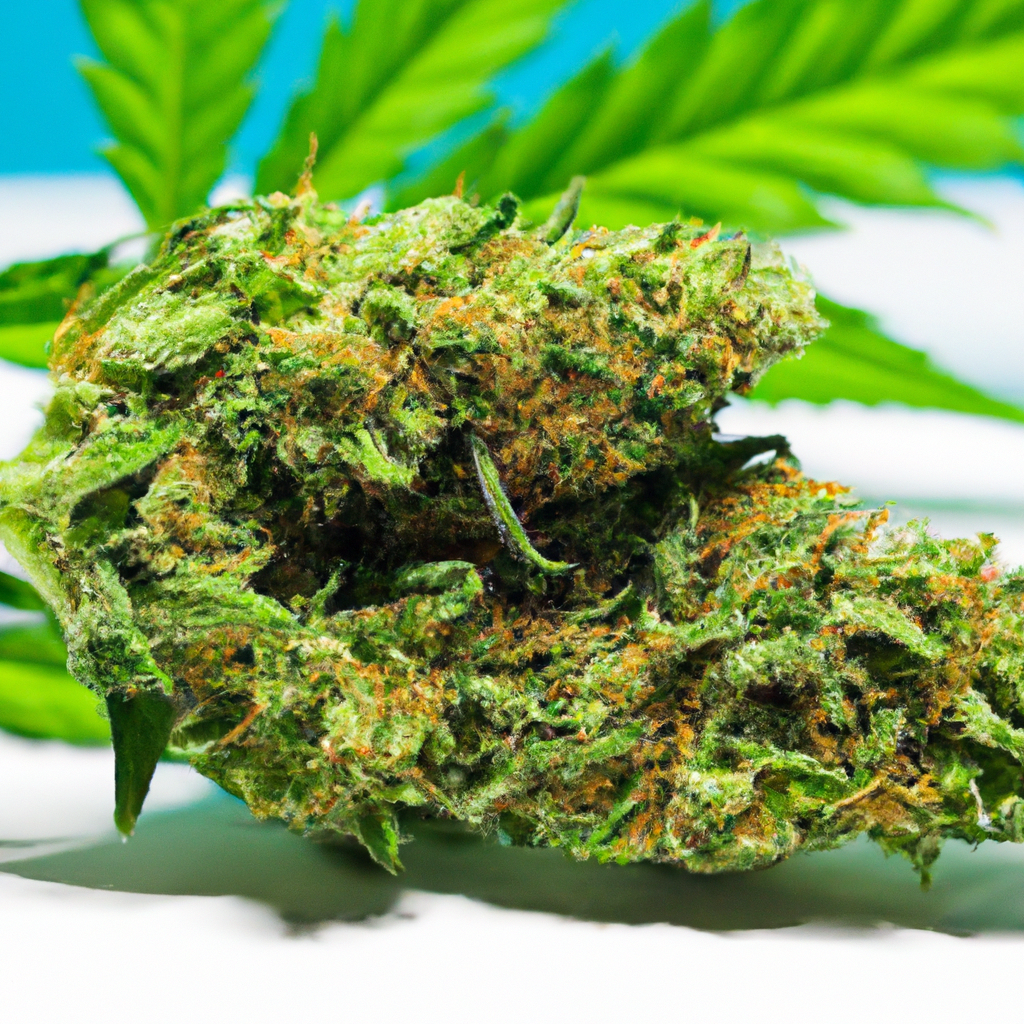
Inflammation is a natural immune response, but chronic inflammation can lead to diseases such as arthritis and heart disease. Research into cannabis, particularly its cannabinoids like THC and CBD, shows promise in managing inflammation by interacting with the endocannabinoid system. While THC may modulate immune responses, CBD has been noted for its anti-inflammatory properties. Preliminary…

As cannabis becomes more accepted, understanding its cultivation is increasingly valuable. This article delves into key cultivation aspects, from lighting, watering, and climate control to advanced growing techniques like Low-Stress Training and hydroponics. It highlights the importance of sustainability through organic growing and eco-friendly pest control. By mastering these elements, growers can achieve high yields…
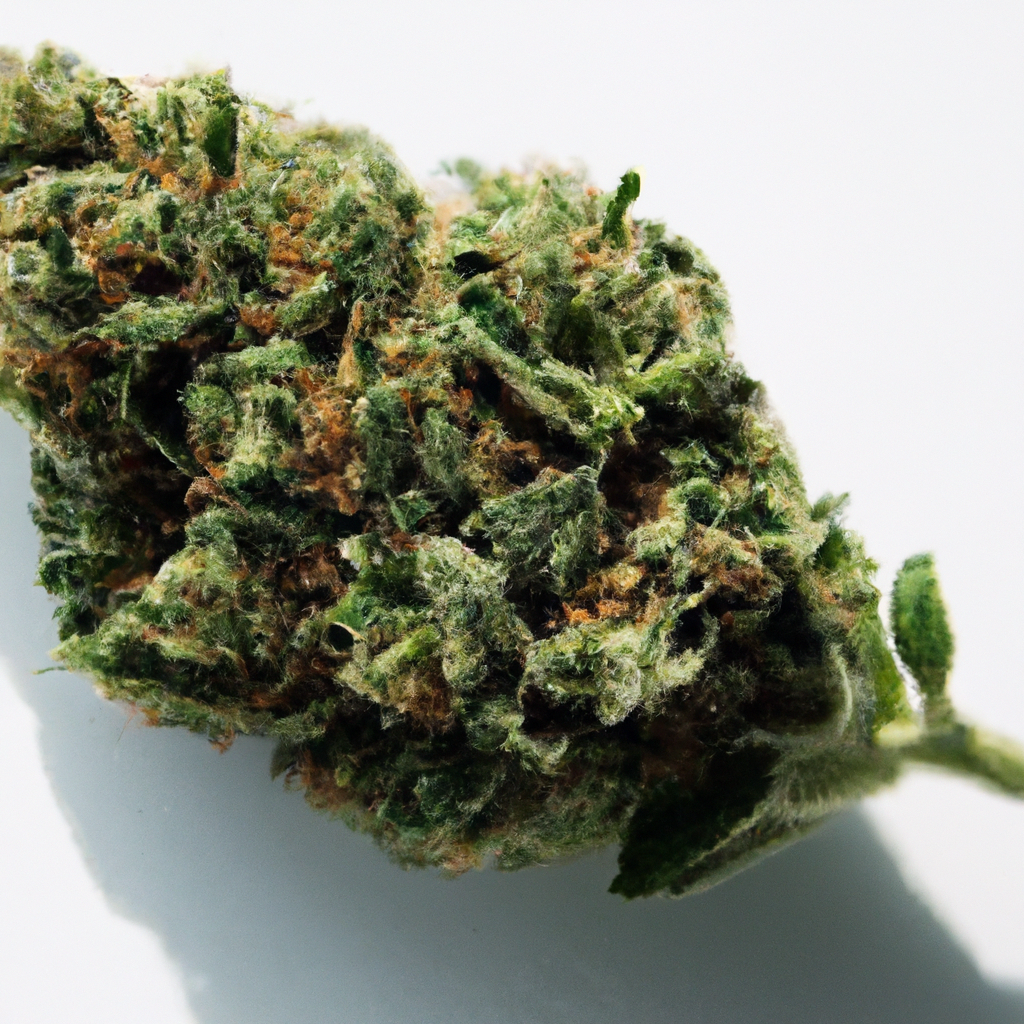
Cannabis has garnered interest for its potential mental health benefits, linked to its active compounds, THC and CBD, which interact with the endocannabinoid system to regulate mood and stress. While THC may alleviate stress and anxiety, CBD is favored for its non-psychoactive calming effects on anxiety, depression, and sleep disorders. Studies indicate promising applications for…
